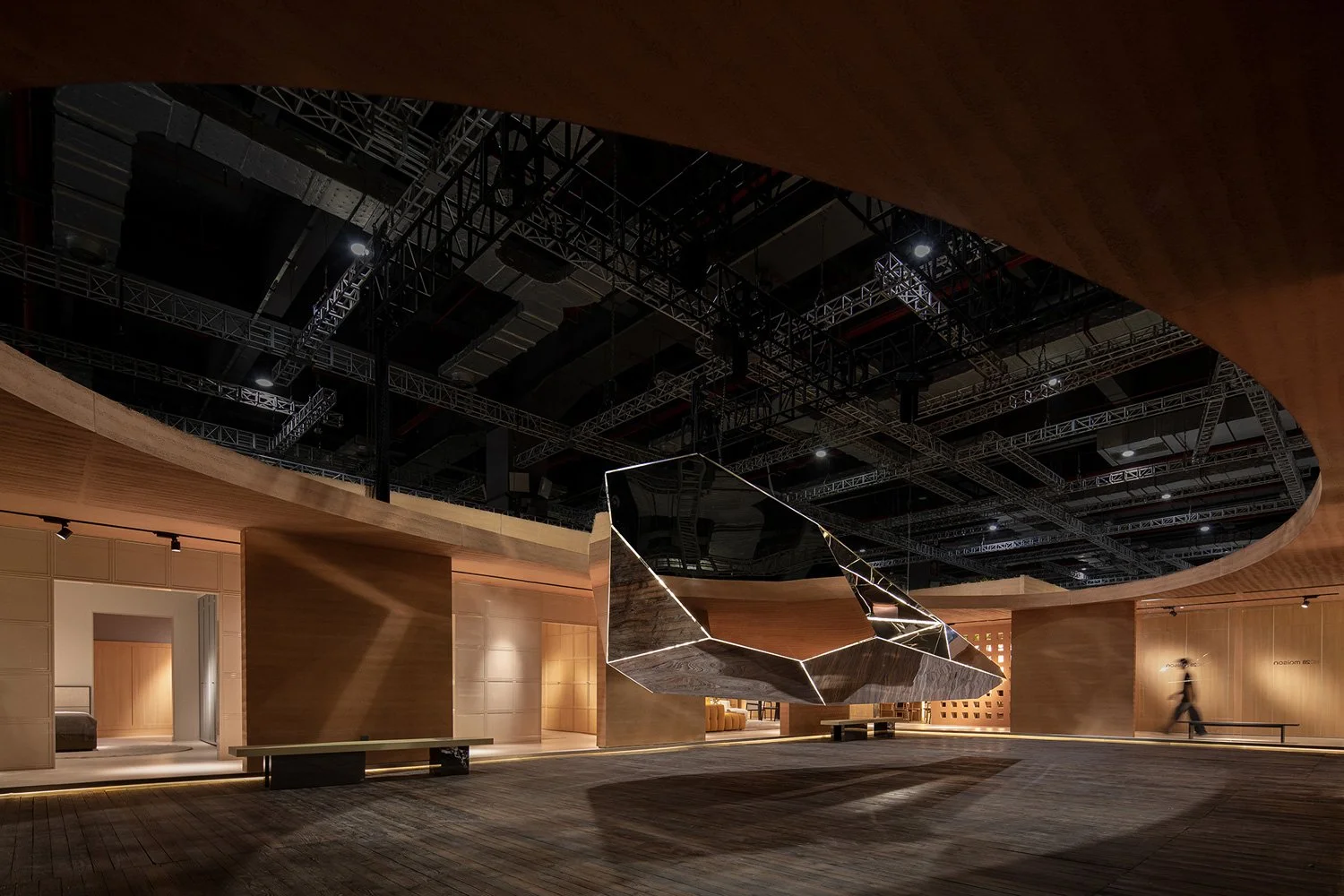PENDULUM READS || DRAW by Kenya Hara Shares an Intimate Story of the Evolution of an Artist

It’s more than a coffee table book.
Someone who considers themselves an artist or creator will resonate with the evolution of Kenya Hara’s career. The artist’s illustrious career thus far is conveyed through a curated set of sketches and drawings in Kenya Hara’s DRAW.
From the beginning, where the novice to the field focuses on perfecting the aesthetics, to the development of an artist’s eye, until one garners sufficient experience and confidence to freely express the ideas and concepts. When the artist reaches the peak of their powers, the emphasis is on the message of the art, rather than perfecting the drawings or form. As I went through the book, I was reminded that there is a first for anything we try our hand at. The first sketch may not be the masterpiece. It is the beauty of the learning process, the journey, and from that, the development of humility that allows us to grow over time.
More than a coffee table book, this volume serves as a reminder to artists to enjoy the learning process and reflect on how far they’ve come.
In the first section of the book, the sketches carry an immense amount of detail; this is the beginner focusing on what they believe is the “craft” at this point in their careers: the visual output. When we try to learn and develop a new skill, we often mimic what appears to us as the brilliance of our mentors and the artists we aspire to become. This is what I observed here in the author’s first collection.
The following few sections detail his self-discovery through various collaborations. As he builds his portfolio, he is approached for exhibitions, book designs, and branding projects. Through the works showcased in the book, some of which have been realized and commercialized, and others that remain concept sketches, we gain insight into how the artist’s mind is challenged and stretched. It is only with such new problems to solve that one’s skill progresses to the next level, both laterally across media and vertically into each category with more depth.
What I appreciated about the visuals is that if offers a rare peek into an artist’s process accompanied by their notes and thoughts.
As we explore Kenya Hara’s more recent works, which date from the COVID era, we see that the creatives aren’t just visually pleasing; his understanding of consumer behaviour and how humans live gives Hara a unique insight into communications that touch the viewer’s soul, such as his campaigns for MUJI. At first, the concepts are utilitarian. As his understanding and collaboration with the brand deepened, Hara was able to understand why people chose MUJI; it goes beyond the simple products and lack of brand labels—it’s the brand’s adherence to and tailoring of delivering a weightless, comforting everyday lifestyle. MUJI’s draw for its fan base is not its economic, label-free product and pricing, it’s the way of living it depicts. We can observe the evolution of Hara’s creations as he considers design as a way of living.
For example, his work for the JAPAN.CAR exhibition, his notes reveal his thought process of how he categorizes the brands based on purpose versus price point: driving vs. mobile, city vs. nature, public vs. private/personal. How do companies categorize themselves? Usually by price point: economy, premium, luxury.
Through Kenya Hara’s sketches we understand that his message of “cleaning: pleasant, somehow” can only be understood by the humans who experience cleaning as a slice of life, and not as a chore to be completed (as a robot would).
If you are an artist and you want to remind yourself of how it takes time to hone your craft, and also of how far you’ve come, you’ll find inspiration and empowerment from Kenya Hara’s DRAW. This book is a gift to those of us who are too entrenched in our capitalist environment. It asks us to take a moment and reflect on how our work and philosophy should focus on making the world a better place, rather than on dollars and trendy material goods.
Photography by Florence Leung





